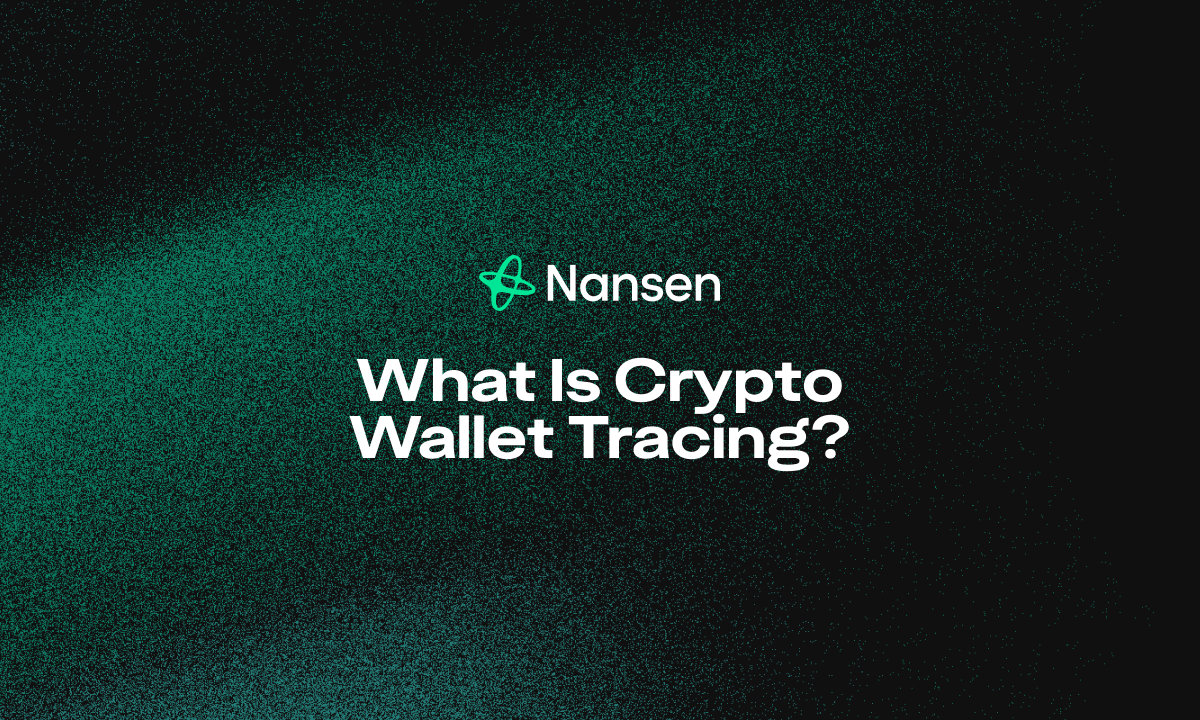Crypto tracing refers to the process of tracking and analyzing cryptocurrency transactions on public blockchains. Despite popular misconceptions, most cryptocurrencies aren't anonymous but pseudonymous—meaning while your personal identity isn't directly linked to your transactions, your digital footprint remains visible and traceable.
Key point: Crypto tracing turns the permanent record of blockchain transactions into actionable intelligence about who owns what and how funds flow.
When you send Bitcoin or other cryptocurrencies, that transaction is recorded on a public ledger with a unique transaction hash. This creates an unalterable record that forms the foundation of blockchain investigation techniques.
How Cryptocurrency Forensics Actually Works
Cryptocurrency forensics involves several technical approaches:
- Transaction analysis: Examining the flow of funds between addresses
- Wallet address tracking: Following the movement of assets across different wallets
- Address attribution: Connecting wallet addresses to real-world identities
- Wallet clustering: Identifying groups of addresses likely controlled by the same entity
Specialized blockchain analytics tools use sophisticated algorithms to make sense of transaction metadata and visualize complex transaction patterns that might otherwise remain hidden.
Real-world example: When ransomware attackers demand payment in crypto, investigators can follow those payments across the blockchain, even when criminals attempt to obscure the money trail through multiple wallets.
Tools That Make Crypto Tracing Possible
The digital asset tracing ecosystem relies on several types of tools:
- Blockchain explorers - Public interfaces like Etherscan or Blockstream Explorer that allow anyone to view basic transaction data
- Professional analytics platforms - Specialized software from companies like Nansen, Elliptic, and Glassnode that provide in-depth onchain analysis capabilities
- Open-source tools - Community-developed resources that offer various tracing capabilities without subscription fees
- Worth noting: While basic blockchain exploration is accessible to anyone, comprehensive cryptocurrency forensics typically requires specialized tools that cost thousands of dollars annually.
Why Crypto Tracing Matters To You
For individual investors, understanding crypto tracing has several practical implications:
- Security verification - Confirming your transactions completed successfully
- Tax compliance - Accurately reporting capital gains and losses
- Fraud protection - Verifying that platforms you use are sending funds as promised
- Recovery potential - Potentially tracing stolen funds if you experience theft
Beyond personal use, crypto tracing plays a crucial role in anti-money laundering (AML) efforts across the financial system.
Important disclaimer: While crypto tracing can help locate stolen funds, recovery often remains difficult without law enforcement involvement or exchange cooperation.
The Balance Between Privacy and Transparency
The blockchain's transparency creates a fascinating tension. The same features that make illicit funds detection possible also create privacy concerns for legitimate users.
Many users employ privacy-enhancing techniques:
- Using different addresses for each transaction
- Utilizing privacy-focused cryptocurrencies like Monero
- Employing mixing services (though these may create legal complications)
Reality check: Complete anonymity in cryptocurrency is increasingly difficult to achieve as tracing technologies advance. Even privacy coins have vulnerabilities to certain types of analysis.
Common Questions About Crypto Tracing
How are cryptocurrency transactions traced on the blockchain?
Transactions are traced by following the movement of funds from address to address across the public ledger. Advanced techniques like wallet clustering help identify patterns and connections between seemingly unrelated wallets.
What tools are used to trace crypto transactions?
Tools range from public blockchain explorers to sophisticated analytics platforms like Nansen, Elliptic, and Gassnode. These platforms use proprietary algorithms to visualize transaction flows and identify entities.
Can Bitcoin or other cryptocurrencies be completely anonymous?
True anonymity is difficult to achieve with most cryptocurrencies. While privacy coins like Monero offer enhanced protection, determined analysts with sufficient resources can sometimes overcome privacy measures through advanced techniques.
Why do law enforcement agencies trace crypto transactions?
Law enforcement uses blockchain investigation to track funds involved in crimes including ransomware attacks, fraud, terrorist financing, and sanctions evasion. The permanent nature of blockchain records creates advantages over traditional financial investigations.
What is wallet clustering in blockchain analysis?
Wallet clustering is the process of identifying multiple wallet addresses likely controlled by the same entity based on transaction patterns, timing, and other heuristics. This technique helps build a more complete picture of an entity's holdings and activities.
The Future of Crypto Tracing
As cryptocurrency adoption grows, tracing capabilities continue to evolve. Government regulations increasingly require exchanges and other crypto businesses to implement robust tracing as part of their compliance programs.
For investors, this means:
- Growing importance of understanding your transaction history
- Increased scrutiny of the source of funds when moving between platforms
- More sophisticated tools becoming available to track your own assets
Final thought: Rather than fearing crypto tracing, informed investors can use this transparency to their advantage — verifying transactions, demonstrating compliance, and protecting themselves from fraud in an ecosystem where trust is mathematically verified rather than assumed.




